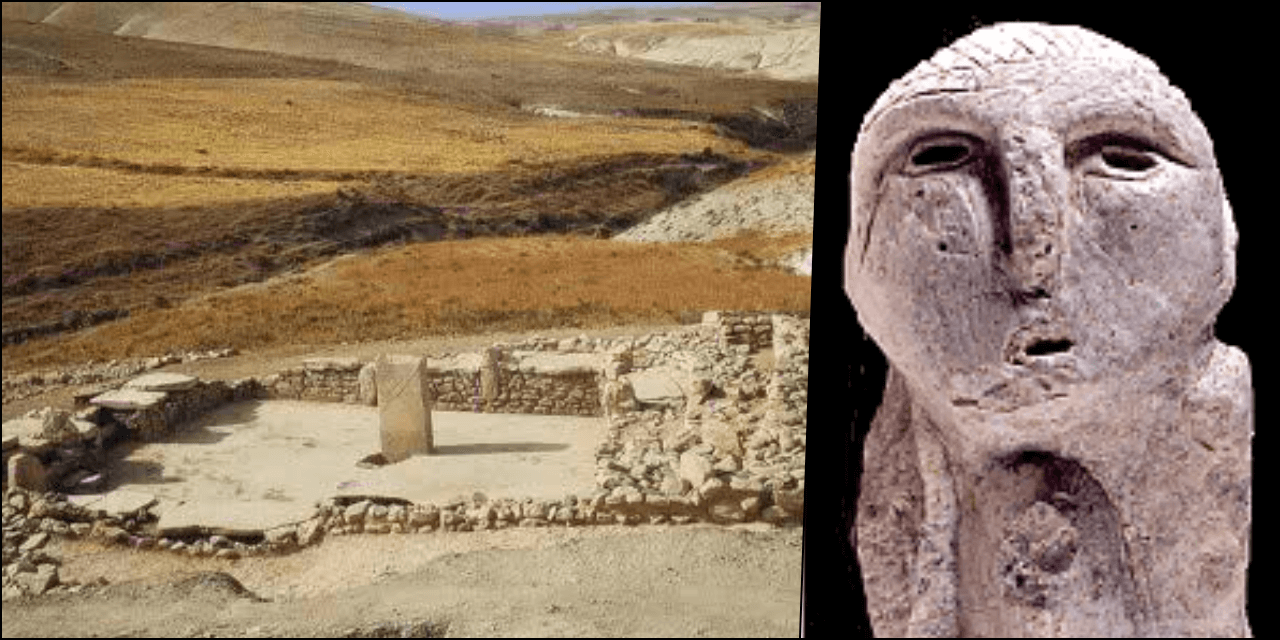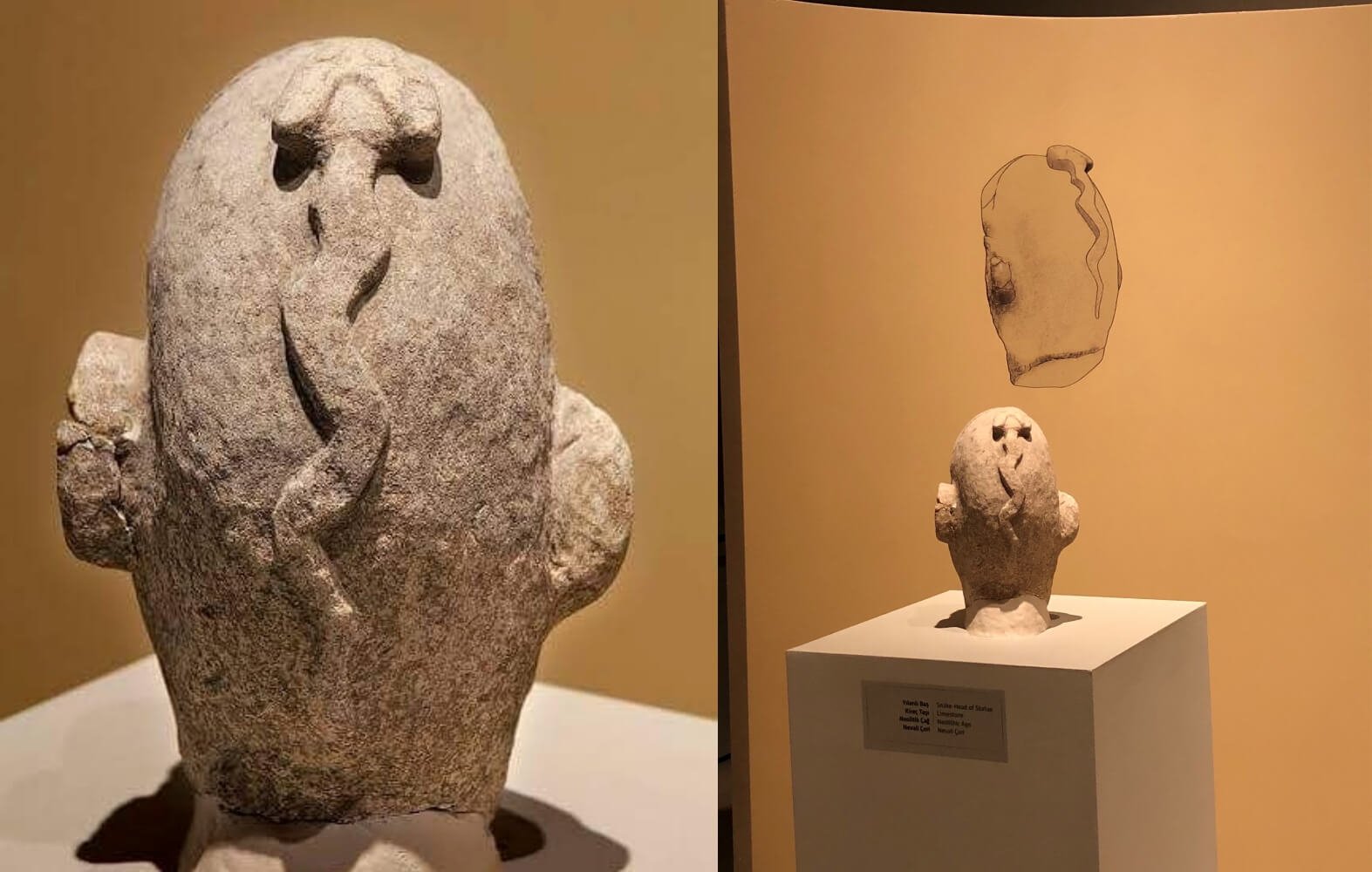Before Göbekli Tepe: Nevali Cori as the Precursor to Göbekli Tepe's Architectural Marvels
Nestled in the fertile crescent of Southeastern Anatolia, Turkey, the archaeological site of Nevali Cori offers a captivating glimpse into the dawn of human civilization. Predating the renowned site of Göbekli Tepe, Nevali Cori's remnants from the 9th millennium BCE provide unprecedented insights into early Neolithic life, marking significant leaps in architecture, agriculture, art, and spiritual practices. This comprehensive exploration reveals how Nevali Cori not only shaped the trajectory of human history but also challenges our perceptions of ancient societies' capabilities and complexities.
Architectural Marvels of the Neolithic Age
The architectural achievements of Nevali Cori stand as a testament to the advanced capabilities of early Neolithic societies. The site's meticulously constructed rectangular buildings, crafted from precisely cut limestone, defy previous assumptions about the era's architectural limitations. These structures, characterized by their durability and sophistication, served multifaceted roles as both dwellings and ceremonial spaces, illustrating an early integration of daily and spiritual life. The architectural designs seen at Nevali Cori, including stone pillars and terrazzo floors, highlight a sophisticated understanding of spatial organization and community planning far ahead of its time. This architectural ingenuity not only provided a foundation for future advancements in building techniques but also fostered a sense of community and cohesion among its inhabitants.
Author : Dosseman
A Proto-Göbekli Tepe
The discovery of Nevali Cori has reshaped our understanding of Neolithic progression in the region, suggesting a possible ideological and cultural continuity leading to the construction of Göbekli Tepe. The parallels in architectural styles and religious symbols between the two sites indicate that Nevali Cori might have served as an inspiration or even a precursor to the later monumental achievements at Göbekli Tepe. This connection underscores the site's significance in tracing the evolution of religious and societal structures within early human communities, providing a clearer picture of the gradual development of complex belief systems and communal identities.
The Dawn of Artistic Expression
Artistic artifacts unearthed at Nevali Cori represent some of the earliest known depictions of the human form, marking a milestone in the history of artistic expression. These statues and reliefs, with their intricate detailing and symbolic significance, offer invaluable insights into the community's spiritual beliefs, social structures, and aesthetic values. The presence of such sophisticated artistry challenges previously held notions about the artistic capabilities of Neolithic peoples, suggesting a complex understanding of human and divine representation. Through these artistic expressions, we gain a deeper appreciation for the cultural richness and intellectual depth of Nevali Cori's inhabitants.
Some figurines from Nevali Çori
From Nomads to Farmers
The evidence of agriculture at Nevali Cori signifies a monumental shift in human history from nomadic lifestyles to settled farming communities. The cultivation of wheat and barley at this site marks one of the earliest instances of agricultural practices, laying the groundwork for the development of stable communities and the eventual rise of civilizations. This transition not only altered the socio-economic fabric of Neolithic societies but also set in motion the complex dynamics of agricultural development, population growth, and urbanization that would define human progress for millennia.
Rituals and Ancestors
The ritualistic practices and ancestor veneration of Nevali Cori reveal the complex belief systems of early Neolithic communities, offering an intriguing window into their spiritual life. The site's archaeological findings, including skull fragments and other human remains, suggest rituals that underscored the community's reverence for their ancestors and the spiritual world. These practices reflect an intricate web of beliefs regarding life, death, and the cosmos, offering profound insights into the early development of religious thought and the role of ritual in fostering communal bonds and continuity.
The 'skin head' from Nevalı Çori
Nevali Cori's Enduring Legacy
As we delve deeper into the mysteries of Nevali Cori, its enduring legacy becomes increasingly apparent. This ancient site not only illuminates the ingenuity and resilience of early Neolithic societies but also serves as a beacon of innovation that influenced subsequent developments in architecture, art, agriculture, and spirituality. By exploring Nevali Cori's remarkable contributions to human history, we gain a deeper understanding of our ancestors' journey from the shadows of prehistory into the light of civilization, forever altering our perceptions of the Neolithic age and its lasting impact on the course of human development.











